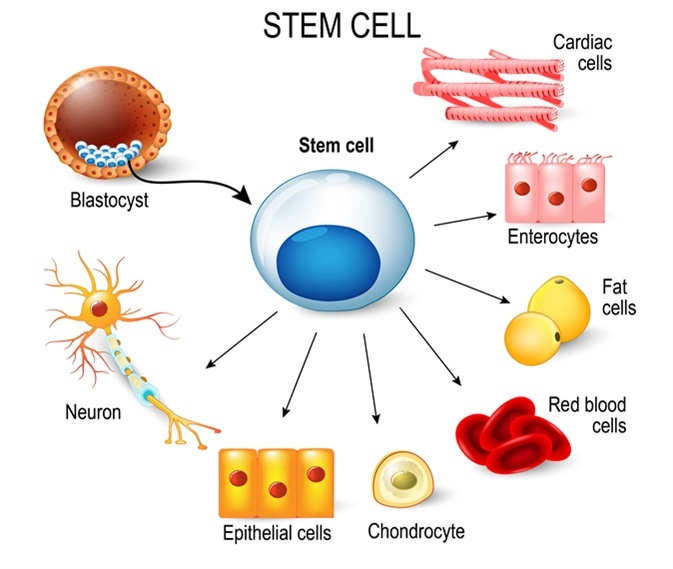Table of Contents
Damages to the heart muscle from reduced blood flow. Damaging of the heart muscle mass. Typical treatments take care of symptoms and slow illness progression however rarely address the origin issuedamaged heart tissue. This is where offers brand-new hope, targeting the underlying damages and advertising long-term repair. represent a cutting edge action in treating heart diseases.

At, we prioritize a tailored strategy to. Our process includes: We begin by completely reviewing each client's clinical history, existing heart feature, and overall health. This includes sophisticated diagnostic imaging and testing to determine the degree of heart damages. Our team develops a customized strategy using, fairly sourced and prepared for optimum effectiveness.
Lots of people report less fatigue, boosted breathing, and much better physical endurance. By addressing the origin creates, stem cell therapy lowers the threat of future cardiac occasions.
We combine stem cell treatment with corresponding therapies for extensive heart treatment. Every therapy strategy is tailored to deal with the distinct needs of each person. One of the most typical concerns we obtain is, While no treatment can assure complete reversal, have actually revealed considerable possibility to fix damaged cells, minimize swelling, and boost total heart function.
Can stem cells help with Heart Failure you should know about
Cardiovascular disease is a leading cause of in the USA and worldwide. In the US alone, nearly 1 million people died due to heart disease in 2021 (one of the most current year for this information). Internationally, that number rises to 17.9 million yearly. For many individuals, traditional treatments offer hope and help.
Today, scientists concentrate on two major kinds of stem cells: adult stem cells and embryonic stem cells. While similar, they're far from the same, and each has its pros and cons. Grown-up stem cells often come from bone marrow, fat cells, or perhaps directly from the heart. One advantage is that they can be collected from your very own body.
Grown-up stem cells are also easier to collect and have fewer ethical concerns. There's a drawback. They're not as functional as embryonic stem cells. They aren't as able to develop into different kinds of cells, which can restrict effectiveness when it pertains to cells repair work. Beginning stem cells can develop into any kind of sort of cell, consisting of heart cells.

There are some moral debates around their usage, as they're derived from early-stage embryos. Plus, there's a higher danger of immune being rejected since they're not from your own body. One more worry is the opportunity of forming tumors if these cells do not separate appropriately after implantation. The large inquiry is, does stem cell treatment really function for heart repair work? The brief solution is that it has a lot of possibility, however it's still a creating area.
Researchers are still figuring out the best methods to deliver the cells, ensure they survive as soon as inside the body, and make certain they integrate properly with existing heart cells. One of the largest difficulties is cell survival and integration after implantation.
Everything you need to know about stem cell therapy and Heart Disease
Also fewer manage to integrate into the existing heart cells. For the treatment to be effective, the brand-new cells require to attach with the old ones and begin working as component of the heart muscular tissue. Obtaining them to do that is challenging. Problems like swelling, immune denial, and the extreme setting of a damaged heart can all trigger issues.
It's one point to get stem cell treatment to function in a laboratory or a tiny clinical test; it's one more to make it offered on a large scale. Making, keeping, and delivering stem cells securely and properly is logistically testing at finest. Stem cell therapy is really promising, however it's not without drawbacks.
This is even more of an interest in embryonic stem cells, however it's present even with adult cells. An additional disadvantage is the price. Stem cell treatment is expensive, partly due to the complexity of harvesting, expanding, and providing the cells. Since of that expense and the therapy's speculative nature, lots of insurance provider won't cover it.
In the last numerous years, there has been a considerable improvement in stem cell therapy for heart illness. Can stem cell therapy cure cardiovascular disease? No, but used with your present heart problem regimen, it can boost your heart wellness and lifestyle. Worldwide sixty-four million individuals are influenced by cardiac arrest.
Is stem cell therapy right for Heart Disease with stem cells?
Doctors deal with cardiac arrest signs in hopes of boosting the patient's lifestyle and avoiding more complications. Medicines like diuretics (to remove the liquid in the body), Beta-Blockers (reducing the pressure of the blood circulation and reducing the heartbeat down to lower blood pressure), and ACE Inhibitors (lower blood stress by relaxing the capillaries and arteries) are used to deal with the signs and symptoms of heart condition.
These require a surgical treatment and a recovery time of as much as 6 weeks. While current treatments manage the symptoms of cardiovascular disease, they do not repair tissue damage or restore the heart's function. There is no treatment for heart disease. The inquiry stays, can stem cells cure heart illness? Stem cells can't heal heart illness, yet they can renew the heart muscle and boost the ejection fraction (the amount of blood the heart pumps with each beat) on the heart's left side.
Navigation
Latest Posts
Are there supportive options for Arrhythmias in today’s clinics?
Is stem cell therapy right for High Blood Pressure in today’s clinics?
Inside look at the use of stem cells for Atherosclerosis